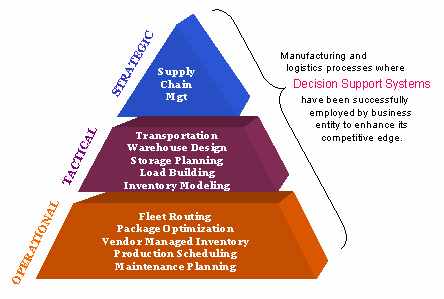
In the first installment of this series we discussed the timing and viability of starting a Formula 1 team in today’s economic climate. In this installment we will explore the challenges of establishing a race team.
Some famous warrior is quoted as saying that an Army marches on their stomachs. Logistics are the key to winning a war, as General Schwarzkopf stated after the liberation of Kuwait. Logistics are also the key challenge a race team must conquer.
In order to provide Logistics support for their race team, USF1 will need to build a support organization to facilitate the multiple functions and disciplines required to go racing. Like any business they will involve revenue, R&D, manufacturing, purchasing and transportation. These functions will be supported by administration. In all, USF1 is forecasting a staff of 100 employees.

The first step will be to find a home for the team, a facility that will house the employees and where they will design, manufacture and assemble the race cars. This facility will look more like a computer lab than your local service garage, Formula 1 is a very high-tech industry. They will also have a European location to house their equipment during the pre-season tests and the European legs of the Grand Prix season.
Information technology plays an important role in Formula 1. USF1 will use advanced computers to design and perform initial testing for all of the components of the race cars. CFD (computational fluid dynamics) software is used extensively to pre-test ideas prior to building prototypes and final testing. Data collection and analyses systems will be required to monitor progress and predict performance. Computers are also used to simulate performance on the race track, running virtual races to establish performance goals and design objectives. Today, Formula 1 teams use communication links to transfer data from test sessions and races to the engineering departments in real time. All of these systems will have to be designed and implemented.
Moving equipment to and from their headquarters to the race sites will be accomplished by special air freight. In Europe, most of the teams are located in England. These teams share chartered aircraft to move their equipment around the world (about two transport trailers full per car), with-in Europe they travel by truck (called transporters in racing circles). USF1 will fly from North Carolina and use transporters with-in Europe from their European base. International logistics companies like FedEx and UPS are well positioned to serve USF1’s unique requirements.
Formula 1 cars are fragile cargo, special containers will be designed and built to ship them from race to race. Every spare part, from suspension pieces to body work will have it’s own packaging requirement. The equipment required for track-side support will also need to be designed, built and packaged for transport. Formula 1 teams travel with enough spares to re-build an entire car. Everything they need to go racing will be designed, packaged and transported to the race site. Only the garage space to work in is provided at the race track.
Flights, hotels and local transportation for the team need to be arranged. Each test session and race is a different challenge and these arrangements will need to be made well in advance. Local visas, currency and customs need to be understood. Some races are located in areas where English may not be widely spoken.
As in any business, money is needed to fuel these efforts. In professional racing this means sponsorship. I think they have a good story to tell as many US corporations sell to global markets. Technology based companies like Apple, Oracle and Microsoft may find value in promoting US innovation on the global sporting stage. Many of the world’s largest consulting companies are US based as well. How many consumer brands are US based? Even though there are no race events in the United States, these companies are active in Asia, the Middle East and Europe. Formula 1 has the highest television ratings for international sporting events (Olympics excluded) at approximately 300 million viewers per race.
Revenue will also come from the sale of branded merchandise. This can be a very lucrative source of income. Could Nike benefit from this? The marketing genius of this company is legendary and USF1 will need a supplier of team uniforms and swag. I am positive there will be good competition for this franchise.
The majority of USF1 employees will be highly skilled technical people. Engineers and mechanics that will design and build the race cars. Some of these people will serve on the race team as well, performing crew duties during pit stops as well as collecting and analyzing data during testing and competition. Other duties at the race track include feeding the team and entertaining sponsors and guests. Press relations will also be required to schedule interviews and provide news releases to an information thirsty public.
With the organization defined and in place, USF1 may now concentrate on their main objective, to build a race car and go racing. In our next installment we will discuss the process of designing and building a race car.

